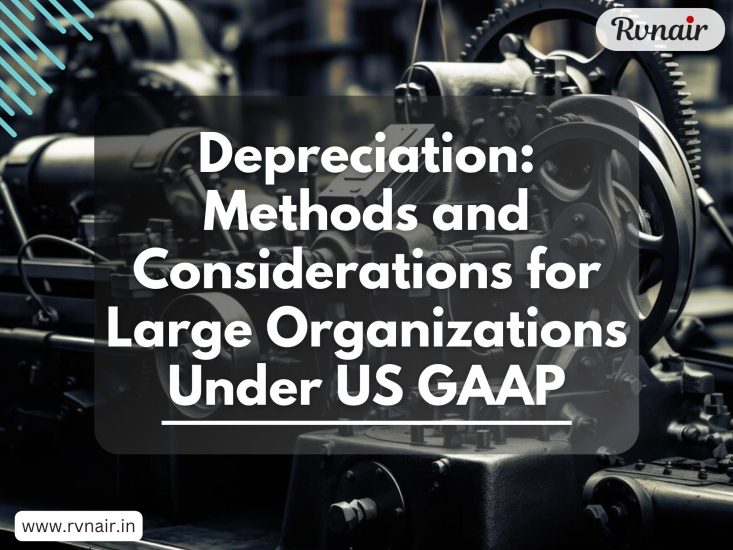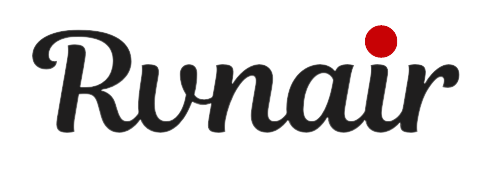
Depreciation is a crucial concept in accounting, especially for large organizations with significant investments in tangible assets. Under U.S. Generally Accepted Accounting Principles (GAAP), depreciation allocates the cost of tangible assets over their useful lives. This process not only reflects the consumption of an asset’s economic value but also impacts financial reporting, tax liabilities, and investment decisions. This article explores the various methods of depreciation, their application in large organizations, and other relevant points under US GAAP.
Understanding Depreciation
Depreciation represents the systematic allocation of the cost of a tangible asset over its useful life. It accounts for wear and tear, obsolescence, and other factors that reduce the value of an asset over time. The primary objectives of depreciation under US GAAP are to:
- Match Cost with Revenue: Depreciation matches the cost of an asset with the revenue it generates, ensuring that financial statements reflect accurate profitability.
- Reflect Asset Usage: Depreciation provides a realistic view of how much of an asset’s value has been used over a period.
- Facilitate Accurate Financial Reporting: By spreading the cost of an asset over its useful life, depreciation ensures that the financial statements present a true and fair view of an organization’s financial position.
Key Components of Depreciation
- Cost: The initial amount paid for the asset, including purchase price, transportation, installation, and any other costs necessary to bring the asset to its intended use.
- Salvage Value: The estimated residual value of the asset at the end of its useful life.
- Useful Life: The period over which the asset is expected to be productive or useful for the organization.
- Depreciation Method: The systematic approach used to allocate the depreciable amount of an asset over its useful life.
Depreciation Methods Under US GAAP
US GAAP allows several methods for calculating depreciation, each with different implications for financial reporting and tax purposes. The choice of method depends on the nature of the asset, the pattern of economic benefits it provides, and organizational preferences.
1. Straight-Line Method
The straight-line method is the simplest and most commonly used depreciation method. It allocates an equal amount of depreciation expense to each year of the asset’s useful life.
Formula:
Annual Depreciation= [Cost−Salvage Value] / Useful Life
Example:
For an asset costing $100,000 with a salvage value of $10,000 and a useful life of 5 years, the annual depreciation would be:
[100,000−10,000] / 5 = 18,000
2. Declining Balance Method
The declining balance method applies a constant depreciation rate to the reducing book value of the asset each year, resulting in higher depreciation in the early years of the asset’s life.
Formula:
Annual Depreciation = Book Value at Beginning of Year × Depreciation Rate
Example: Using a 20% declining balance rate for an asset costing $100,000, the first year’s depreciation would be:
100,000 × 0.20 = 20,000
3. Double Declining Balance Method
A variant of the declining balance method, the double declining balance method accelerates depreciation by using twice the straight-line rate.
Formula:
Annual Depreciation = [Book Value at Beginning of Year × 2] / Useful Life
Example: For an asset with a cost of $100,000 and a useful life of 5 years, the first year’s depreciation using the double declining balance method would be:
[100,000 × 2] / 5 = 40,000
4. Sum-of-the-Years’-Digits Method
This method applies a fraction based on the sum of the years of an asset’s useful life to determine the depreciation expense.
Formula:
Depreciation Expense = (Cost−Salvage Value) × [Remaining Life of Asset] / [Sum of the Years’ Digits]
Example: For an asset with a cost of $100,000, salvage value of $10,000, and a 5-year useful life, the sum of the years’ digits is 1+2+3+4+5=151+2+3+4+5 = 151+2+3+4+5=15. The first year’s depreciation would be:
(100,000−10,000) × [5 / 15] = 30,000
5. Units of Production Method
This method bases depreciation on actual usage or production rather than time. It is suitable for assets whose wear and tear depend more on usage than the passage of time.
Formula:
Depreciation Expense = [ (Cost – Salvage Value) × Actual Production for the Period ] / Total Estimated Production
Example: For a machine costing $100,000 with a salvage value of $10,000 and expected to produce 10,000 units, if it produces 2,000 units in a year, the depreciation would be:
(100,000−10,000) × [ 2,000 / 10,000 ] =18,000
Considerations for Large Organizations
Asset Capitalization Thresholds: Large organizations often establish thresholds for capitalizing assets to avoid tracking minor expenditures as fixed assets, simplifying accounting processes.
Component Depreciation: For significant assets composed of various components with different useful lives, organizations may apply component depreciation, treating each component as a separate asset.
Revaluation of Assets: US GAAP does not permit the revaluation of fixed assets to reflect fair market value, unlike some other accounting standards such as IFRS.
Impairment of Assets: Large organizations must periodically assess assets for impairment, ensuring that the carrying amount does not exceed the recoverable amount. If it does, an impairment loss is recognized.
Tax Implications: The choice of depreciation method can significantly impact tax liabilities. While US GAAP dictates financial reporting, tax depreciation is governed by the Internal Revenue Code, which often allows for accelerated depreciation methods like Modified Accelerated Cost Recovery System (MACRS).
Asset Disposal and Retirement: When disposing of or retiring an asset, organizations must remove the asset’s cost and accumulated depreciation from their books and recognize any resulting gain or loss.
Reporting Requirements and Disclosure
Under US GAAP, organizations must disclose:
- The depreciation methods used.
- The useful lives of major asset categories.
- The amount of depreciation expense for the period.
- Accumulated depreciation for each major class of depreciable assets.
These disclosures provide transparency, aiding stakeholders in understanding the impact of depreciation on the organization’s financial health.
Conclusion
Depreciation is a fundamental aspect of accounting for large organizations, influencing financial statements, tax obligations, and asset management. By choosing the appropriate depreciation method and adhering to US GAAP principles, organizations can ensure accurate financial reporting and make informed decisions about asset utilization and replacement.
Understanding the various methods and their implications helps large organizations manage their assets effectively, maintain compliance with accounting standards, and optimize their financial performance.
